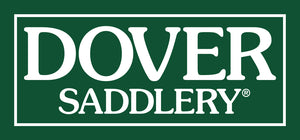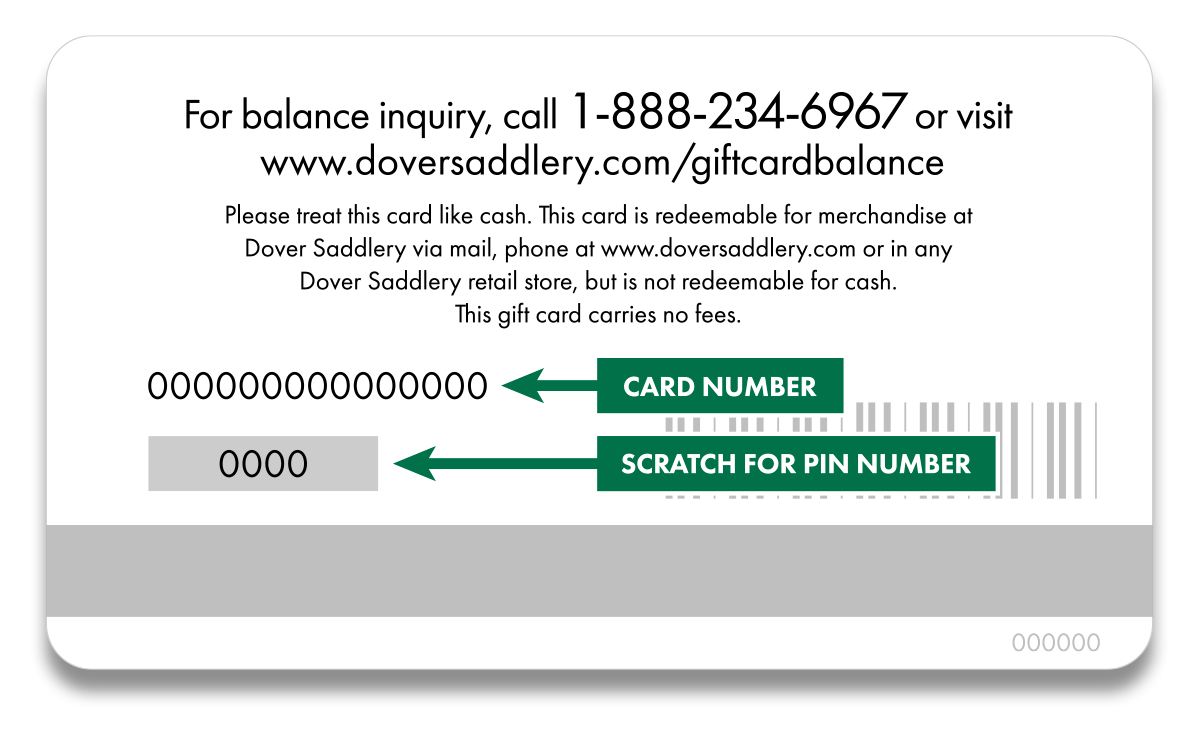
Horses grow thick coats and their skin produces more grease in winter to help protect them against wet and cold weather. These assets are great for keeping the horse naturally warm, but they make it difficult and even unhealthy if the horse is worked regularly to the point of perspiring. Sweat mixes with the grease in the coat to create a film that mats the thick hair. The thick coat is slow to dry, and it can’t keep a horse warm in this matted state, leaving the horse vulnerable to chills that can lead to illness.
That’s why body clipping may be important. If you don’t ride your horse much in winter or you hack leisurely, you probably won’t need to clip your horse. But some form of horse clipping may be necessary for any horse that is in a steady program of regular work in winter. Body clipping necessitates blanketing to make up for the loss of the horse’s natural protection. This is a commitment that should be considered long before the clippers are taken out of their box. The horse will need different weights of outerwear or some stable wear, and potentially a neck cover and exercise rug, depending on the amount of hair that is removed.
If you remove a lot of hair from your horse on a day when the temperature is low, you may want to have an exercise rug, cooler, or some other covering to drape on your horse as you clip. Doing so will prevent your horse from getting chilled while you work.
There are different types of traditional body clips. The one you choose for your horse depends on the type of work you’ll do, how much he perspires, and what is acceptable for your riding discipline. Some people find it helpful to mark an outline of their desired body clip using chalk or a smaller set of clippers.
Strip Clip
If your horse will do only light work and you want to avoid blanketing him except for in the coldest weather, consider the minimal strip clip. This pattern involves clipping a strip of hair along the front of the horse’s neck along the jugular, through the front of the chest and under the belly.

Strip Clip
Trace Clip
This horse clip gets its name from its original use on harness horses. Hair is clipped along the areas where the harness traces would come in contact with the horse. Hair is clipped along the underside and sides of the neck, shoulders and belly and is left intact on the legs and body. The trace clip is a popular one because it removes hair from the areas where horses perspire most. Some people clip a narrow swath of hair, while others prefer to clip hair about halfway up the horse.

Trace Clip
Blanket Clip
This clip removes hair in a pattern that leaves the horse looking like it is wearing an exercise rug made of his own hair. Hair is clipped from the head, neck and flanks but is left intact on the back, hind end and legs. You may want to use this clip if your horse gets regular, heavy work in winter. A horse will most likely need to wear a blanket with this clip.

Blanket Clip
Hunter Clip
The hunter clip takes its name from its popular use on field hunters and is appropriate for horses in hard work. This clip leaves only a patch of hair on the horse’s back in the shape of a saddle (to provide some protection from friction of the saddle). Hair is left on the legs for both warmth and protection for riding cross country. Because so much hair is removed, this clip necessitates that the horse be blanketed.

Hunter Clip
Full Body Clip
The entire horse is clipped, including legs and face. The ears should be excluded from winter clips as the hair is protection from frostbite. The full body clip is popular for horses used in shows or competitions. Because this type of clip removes a horse’s entire coat, it necessitates blanketing and may necessitate the use of a neck cover or hood as well.
What kind of clippers to use?
For horse body clipping, you’ll want to select a clipper model intended to run for long periods of time, that can use wide blades and clip large swaths of hair. The array of body clippers on the market today is so extensive, making it easy to find one to meet both your needs and budget. Many body clippers are larger and heavier than clippers used for trimming facial and leg hair. However, some models are lightweight and ergonomically designed for comfort.
Note: Don’t use a clipper designed for touch-ups or trims to body clip your horse. Your task would last hours longer than needed and it could be very detrimental to the motor, which was not designed for clipping large areas.
What number blade should be used for clipping?
The size number on the blade pertains to the length of the hair left after the cut. The higher the number on the blade, the shorter the hair will be. Your choice of blade will depend on what you want to accomplish with your horse clipping job. Sizes are fairly standard across all manufacturers.
#10 - Course Cut: This size blade leaves hair the longest. Many people use this size for body clipping, and many clippers provide a free #10 blade with the original purchase. It is a wise choice of blade to use on the horse’s legs, as it leaves a long enough length of hair to provide some protection. It’s also a great choice if you’re new to horse clipping techniques. Finishing mistakes are easier to correct with this blade as you have more length of hair left to work with.
Note: #10 blades are available in regular and wide sizes, with the wider size most appropriate for body clipping, since it removes more hair per swipe.
#15 - Medium Cut: This size blade cuts the hair a bit shorter than the #10 blade, making it the choice for many people when clipping hair on a horse’s head.
#30 - Medium or Fine Cut: This size blade is finer still than the #15 blade. For showing disciplines where the standard is to remove hair from the horse’s face, insides of horses’ ears, around the eyes and nose, the #30 is often used.
#40 - Fine or Surgical Cut: This blade cuts the hair extremely close to the skin. The cut is so close that if the skin is looked at under a magnifying glass, you can see tiny nicks in the skin.
For more assistance or to request a catalog call 1-800-406-8204. Or, stop by any of our retail stores to speak with a Dover Saddlery product adviser. Visit www.DoverSaddlery.com for a complete store listing and the full product offering.



